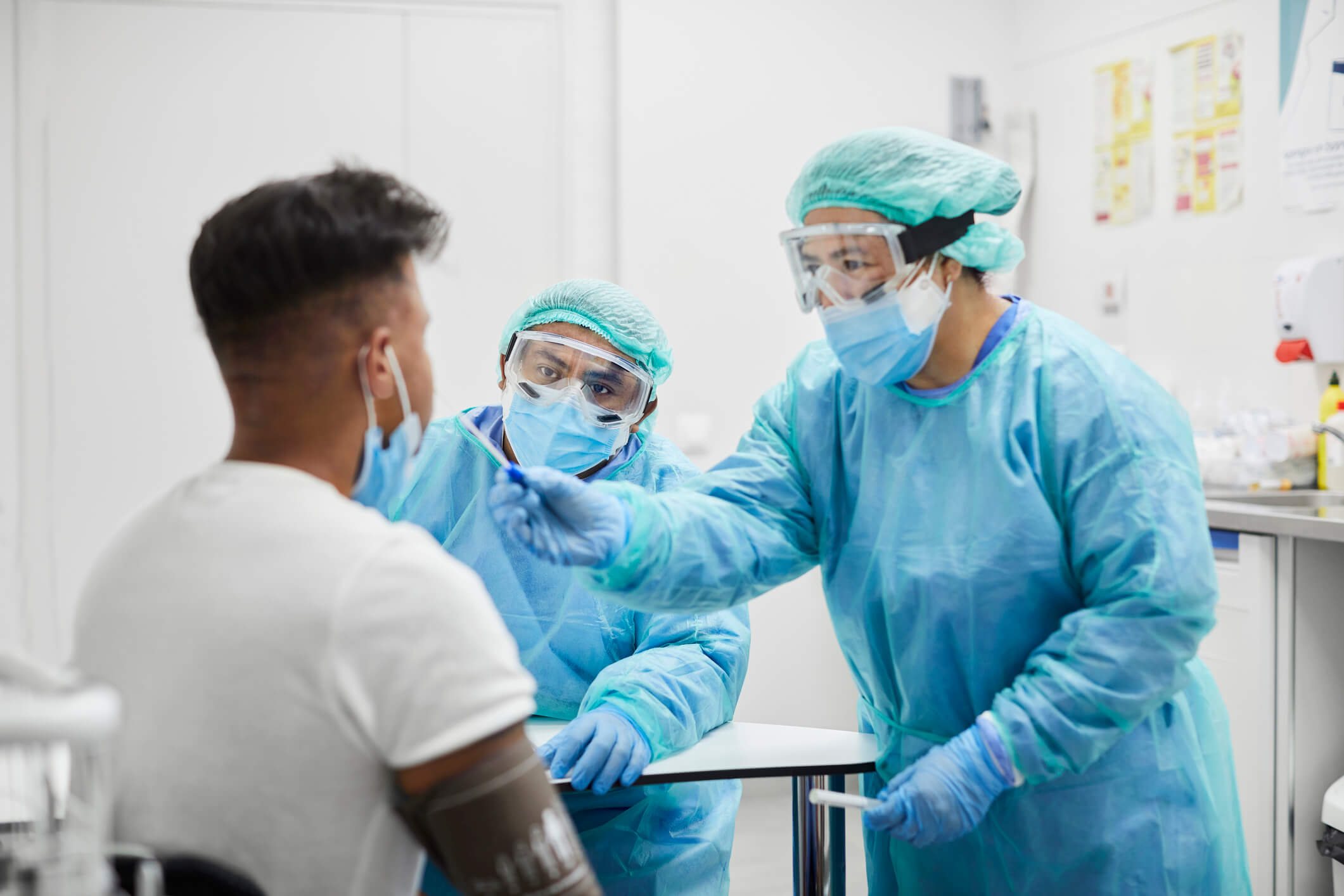Blending biology with computer science, bioinformatics is a growing field that can help improve human and environmental health
You can learn a lot about a community by looking at what people are flushing down the toilet.
The most prominent example of this in recent years is COVID-19 wastewater monitoring. Public health officials don't have to rely on individual COVID test results to see whether there are spikes in infections, or whether new variants of concern are emerging.
Instead, they can rely on population-level data from wastewater-a far more efficient and less costly approach.
Srijak Bhatnagar, a professor in the School of Computing and Information Systems at Athabasca University, is one of the bioinformatics researchers whose work makes this kind of monitoring possible. He said this process doesn't just apply to COVID-19; it can be used to monitor many different microbes for human and environmental health.
"With vaccine hesitancy on the rise since COVID, we expect measles and mumps cases to start increasing," he said. "So, in the future, we can detect disease outbreaks in wastewater."

Growing demand for Bioinformatics
Bioinformatics is a field that blends computer science with biology, with applications in public health, environmental monitoring, agriculture, pharmaceuticals, and many others.
Bioinformatics jobs typically involve two main types of work. The first is developing software applications that can effectively analyze large amounts of biological data. The second is using those types of applications to solve problems in various settings. With complex systems, it's rarely a case of simply plugging data into the software and pressing the start button. Experts are needed to understand how the software works, how it can be applied in a specific context, and how to interpret the output in a biological context.
"Some of these jobs are really high-paying jobs, outside of academia," Bhatnagar said. "Most of this includes data analysis over cluster computers, and in theory could be done remotely from anywhere."
And over the next decade, there's likely to be more and more demand for trained bioinformatics experts, both within and outside academic settings. The market research firm Global Industry Analysts projects that the global bioinformatics market will more than double to US$ 45.2 billion by the end of the decade.
Study with leading Bioinformatics researchers
Further to his work in public health, Bhatnagar ssaid his research group is also working on environmental monitoring projects in collaboration with communities in northern Alberta-with tgraduate students working alongside.
"We do microbiology of plastics, where a graduate student is looking at microplastics in water around Alberta," he said. This involves extracting and sequencing the DNA of all the microbes in a particular sample.
"Once you have all these DNA sequences, somebody has to do the analysis to identify what organisms the DNA came from, are they degrading plastics, are they causing diseases, are they doing anything of value or interest?"
Students in the Bioinformatics focus area of the Master of Science in Computing and Information Systems program can be involved in current, relevant research work while completing their degrees, gaining some valuable work experience to add to their resumés.
The focus area also includes high-level coursework, such as computing courses focused on algorithms for bioinformatics and a biology course focused on genomics. Together, this experience can prepare students for work in a growing industry.
Learn more about Bioinformatics program at Athabasca University.